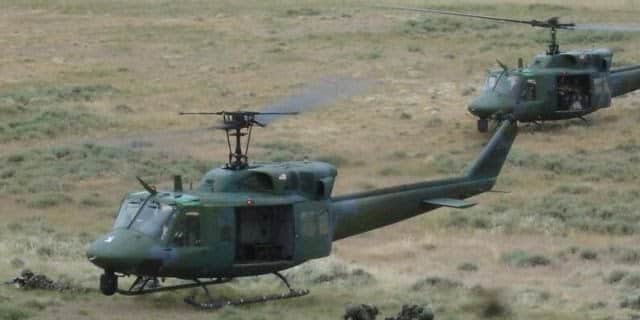In almost every gun safety class, a student is taught to handle a firearm with both hands. This ensure steadiness and control of the gun. However, there’s some easy mistakes shooters will make that can be corrected by firing with one hand.
Firing with one hand? Yes.
It’s not that hard and it physically teaches us the importance of trigger control and proper sight alignment, sight picture. It can also improve our posture and improve our stance so we better understand how to balance a pistol when aiming and firing on a target.
In actual practice, these skills translate over.
If you notice your shots sliding side-to-side or go errantly off to one side, your trigger control may be partially to blame. Shooting with one hand, it becomes quickly apparent how you pull the trigger affects your performance.
Tea Cup Shooting — Single-Handed Support

The Tea Cup shooting stance is your dominant hand on the pistol grip and a supporting hand held out flat beneath the dominant hand. This gives you a bit more stability than firing single-handed alone. It also helps you better diagnose trigger control issues versus general shakiness of holding a gun one-handed.
One-Handed Shooting With Dominant Hand

This is the next step after using the tea cup handgun grip. Holding your pistol in your dominant hand, take a few practice shots to see how you do. If you find the pattern to be too wild, move the target in closer to try and determine where the error is occurring.
And lastly, as more of a proof to you than anyone else: try getting comfortable shooting with your non-dominant hand.
Shooting with your non-dominant hand gives you a distinct advantage. Rounding corners or doorways, you have the luxury of switching out hands or using your dominant hand to do something where you need that dexterity.
Recently I went to a shooting range in Manchester and fired one handed. I found that my shots were notoriously sliding off to the left on a new pistol I had purchased. Turns out, the way I was pressing this new trigger had a lot to do with it.
Adjusting the pad of my index finger, I was able to get a more consistent pull straight back than how I traditionally fired before.
This helped out my performance quite a bit. It also got me hooked on the idea of cycling in single-handed shooting into my regular range time.
One of the reasons why I started to really examine single-handed shooting was actually writing about situations where a concealed carrier was critically injured and either successfully or unsuccessfully shot at his assailant.
The good guy doesn’t have the luxury of initiative in an attack. He has to respond. And the better he responds, the more chance he has to live and preserve life.
There may be a chance that a concealed carrier could become wounded and be unable to use both hands or his dominant hand. Being able to shoot single-handed in a precise, reliable manner helps preserve a bit more chance of success in a bad encounter.














![[VIDEO] A Visit To The Post Office As A Law-Abiding Concealed Carrier](https://imagedelivery.net/sbm_lYeJbALkepJgtmRD5w/concealednation.org/2015/07/ScreenHunter_120-Jul.-28-22.48.jpg/w=728,h=381)